A Met horn player reveals her favourite singers
mainMichelle Reed Baker is retiring after 18 years as second horn of the Metropolitan Orchestra.
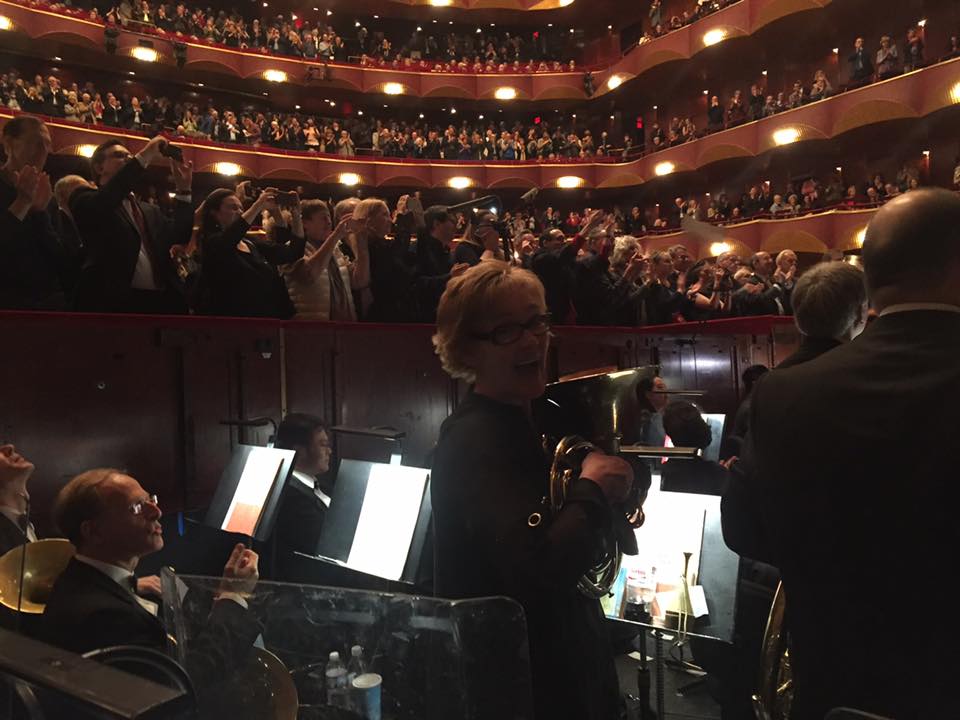
She was asked which singers inspire her:
Dmitri Hvorostovsky is someone who comes to mind for his singing as well as the fact that he breathes very loudly, which gave me the OK to breathe loudly and take in as much air as possible. Debbie Voigt phrases beautifully. René Pape’s tone quality and smoothness is amazing, especially in his recent Met Parsifal. Also, I love Peter Mattei and the way he adds character to certain notes – he adds a little shimmer on important notes that makes his phrasing interesting and beautiful.
More revelations here.
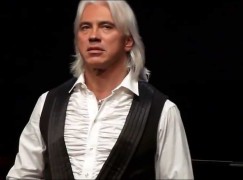

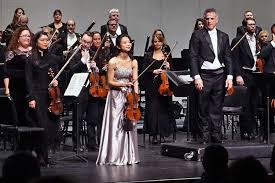
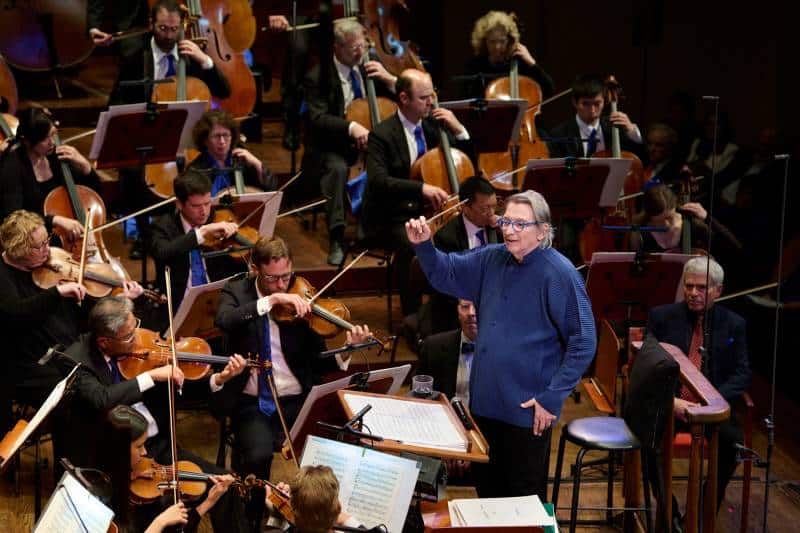

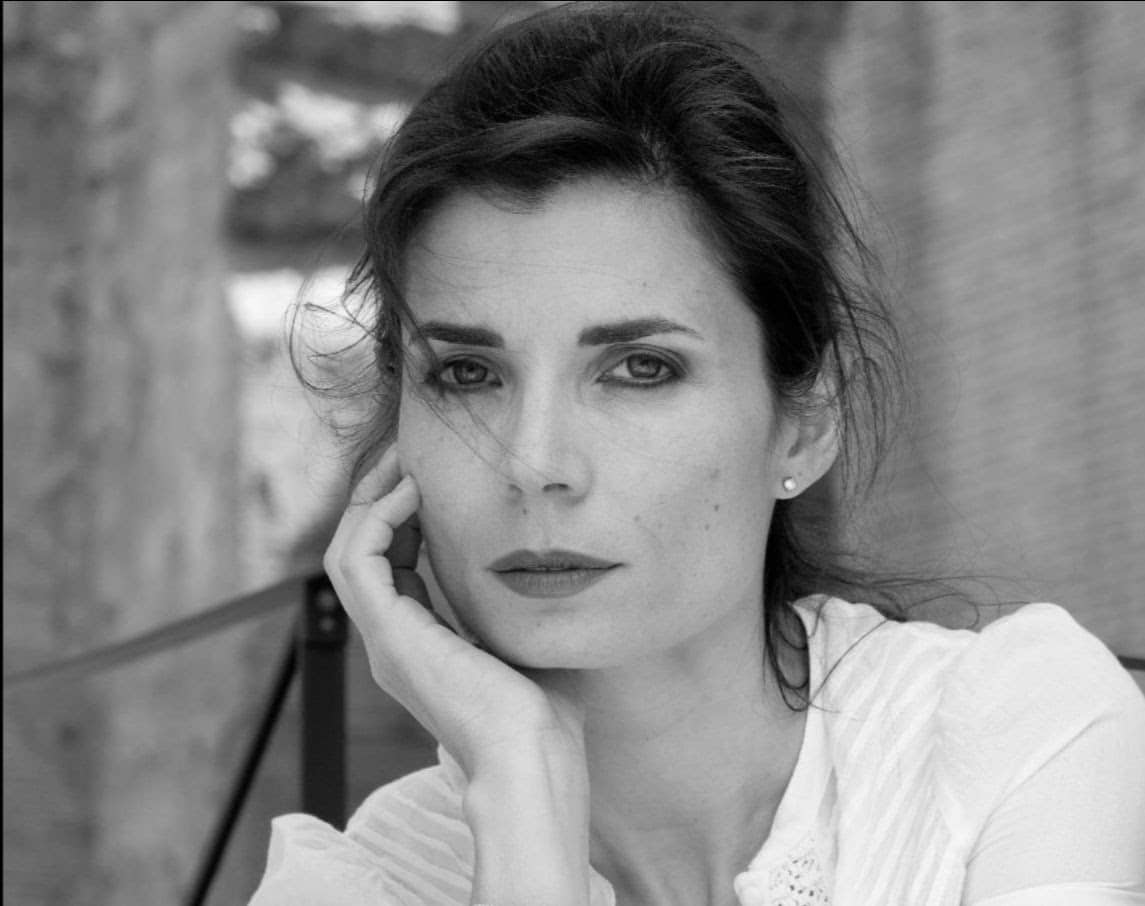
Comments